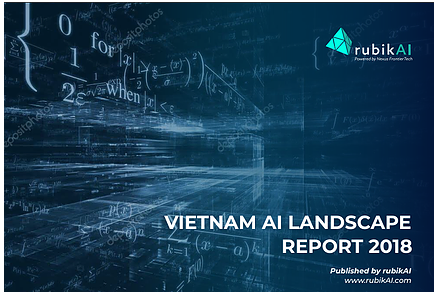THE FUTURE OF FASHION RETAIL WITH AI.
- WorldLine Technology

- Oct 10, 2019
- 4 min read
Credit by: Mohit Agrawal

Artificial Intelligence (AI) is having a profound impact on all the industries and the way they operate. Fashion industry is no different! Opportunities to improve the customer experience & retail operations are immense and have a direct impact on top line and bottom line of the companies.
Fashion industry has myriad stakeholders and influencers right from designers to fashion houses to bloggers to celebrities and finally the customer herself. The trends and shopper preferences complicate the entire supply chain and retail operations. The complicated relationship between shopper preference and supply chain management has made the retail operations more of an art rather than science. Artificial intelligence can integrate this diverse set of data into engaging and actionable information.
Many industry players like Nordstrom, Shoe Dazzle, Sephora, etc. are investing in AI to suggest styles to their shoppers personalizing the shopping experience in the process. Start-ups like Tuzo are helping the retailers in taking the guessing out of the game. The insights from the shopper preferences can be used for better demand planning and product sourcing.
The fashion retail market is roughly half a trillion US dollars in Asia Pacific (excluding China) and half of this market is addressable market for AI personalization which makes it a very lucrative market.
Fashion Industry & AI: A few Use Cases

Automated Tagging: creating product catalogs is a time consuming manual process. The content writers are hired to tag the products and write descriptions hoping that the shoppers would be able to find the right product and like the way they have described the product. However, the content writers are not creating exhaustive list of tags and do make mistakes leading to poor SEO and visibility on 3rd party marketplaces. With computer vision, the process can be automated where the computer not only provides an exhaustive list of error free tags, but AI also writes the description in a way that it is likely to be more appealing to shoppers.

Personalization: who does not want shopping fast and efficient? Nobody wants to sift through large pile of irrelevant clothes before getting something of interest. There is a lot of data that is available about the shopper like the past purchase, browsing and click stream data that can be used to sort the storefront in the order of shopper preference. The shoppers may be asked to rank or choose a few images to get further insights about her preferences to strengthen the recommendations. Recommendations can be further enhanced by considering the body shape, height, etc. to recommend what would look good on the shopper. Various implementations of personalized recommendations have shown the conversion increase of up to 40% and increase in Average Order Value (AOV) by up to 50%.

Trend Tracking: There are many blog sites, fashion magazines, celebrity pictures and influencers on Pinterest and Instagram. Programs can be written to look at all the available sources of information and recognize patterns in terms of fashion trends.
The global, regional and local fashion trends and choices can be juxtaposed with the shopper preferences to give amazing style recommendations inspiring the shopper to buy other categories to complete the look, e.g. if a shopper buys a top then bottom wear, foot wear and accessories can be recommended in line with shopper preference and fashion trends

Virtual Mirror: Shoppers want to try on the clothes or make-up or the accessories before they buy. Even in the physical stores, it is not possible for the shoppers to try everything. Cosmetics giant, L’Oréal helps customers to try on lipstick, blush on, and eyelashes virtually on a magic mirror. Similarly, a few apparel retailers have started to put a virtual try-on mirror in the stores. These try-on mirrors have been made possible due to artificial intelligence
Visual Search: One of the challenges of the retailers is to help shoppers find the products that they want. If a shopper has seen an influencer picture on Instagram, how can she ask for the similar bag from the retailer? With visual search, it is now possible for the shopper to upload the picture and get the similar looking recommendations from the retailer’s inventory
Are the Shoppers Ready for Personalization?
A key question is - do the consumers really want the retailers to personalize the shopping experience? Various researches have shown that over 70% shoppers expect some level of personalization even in physical stores and most of the shoppers are okay to share their data in exchange of personalization. A recent survey commissioned by Redpoint Global in US, UK and Canada revealed that 72% of Gen Z and 70% of millennial are willing to part with their personal data in return for a more personalized experience. The same survey points out that 73% of consumers believe brands are struggling to personalize experiences but only 43% of marketers admit to it. Clearly, shoppers are ready for personalization, but businesses are still lagging behind.
In Summary
AI is changing the fashion retail landscape. The shopper journeys are changing and so is the shopper experience. The customers are getting more demanding and the retailers who are ready to take advantage of technology will be the winners in not so distant future.
Significant number of shoppers (37% to be precise as per Redpoint) will stop doing business with a firm that doesn’t personalize the experience. And they don’t mean only addressing a person by name in an email. It is now for the retailers to decide if they can afford to lose over a third of their customers!




Comments